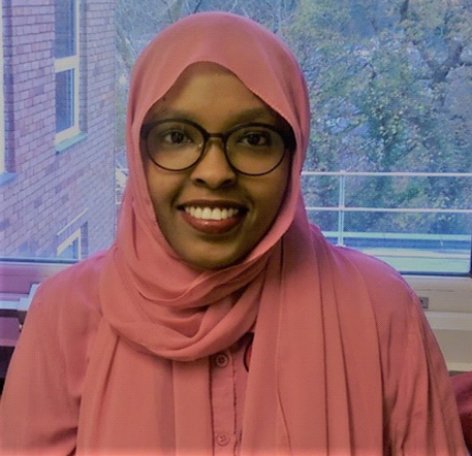Teachers’ Continuous Professional Development
Without Continuous Professional Development for teachers, there can be no quality education for the children of South Sudan. Currently the literacy rate in South Sudan struggles at under 34% and the country’s education provision is managed by worryingly few trained teachers. The vast majority of teachers having no training at all and operate as untrained volunteers. Windle Trust International are working to bring training to this group.
About the project
The Continuous Professional Development programme was initiated by the Ministry of General Education and Instruction and is implemented by Windle Trust International. This programme aims to train both previously trained and volunteer teachers so that they can achieve their desired qualifications and increase their knowledge of a new competence-based curriculum.
What do our teachers think?
One of those benefitting from the programme is James Mayor Alok, who works at a primary school in Yirol West County. He says that the training has made the job of teaching simpler and allows the children can learn more efficiently and effectively.
Bangolo Angelo who works in Yambio spoke of the problems there were before teachers attended the CPD programme.
Teachers lacked the appropriate methodology in their teaching
Teachers had not previously planned lessons
Both of these problems have improved because of the training provided through CPD. For example, the teachers are taught to use child-centred pedagogies in their classes and are taught techniques for effective lesson planning and delivering upon a scheme of work. Previously teachers would arrive at class with their textbooks and no plan, but now understand the importance of scaffolding and lesson delivery as well as topics such as assessment of and for learning.
Learn More about our Teachers’ CPD Programme
How do our projects make a difference?
Projects like this contribute to increasing access to and the quality of education for conflict-affected communities in eastern Africa and the Horn of Africa. Find out how this makes a difference below:








